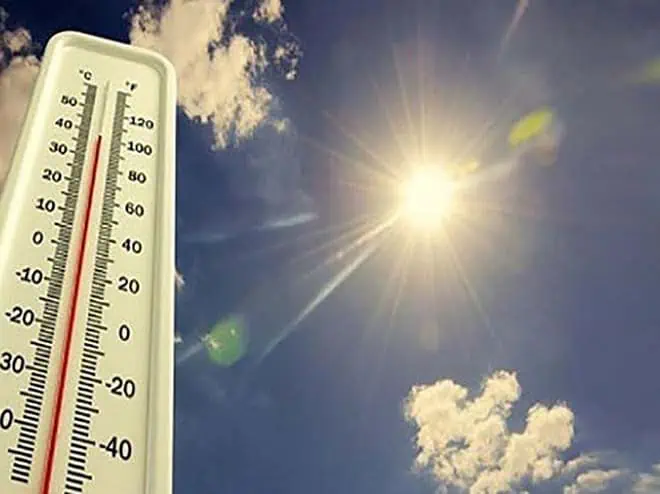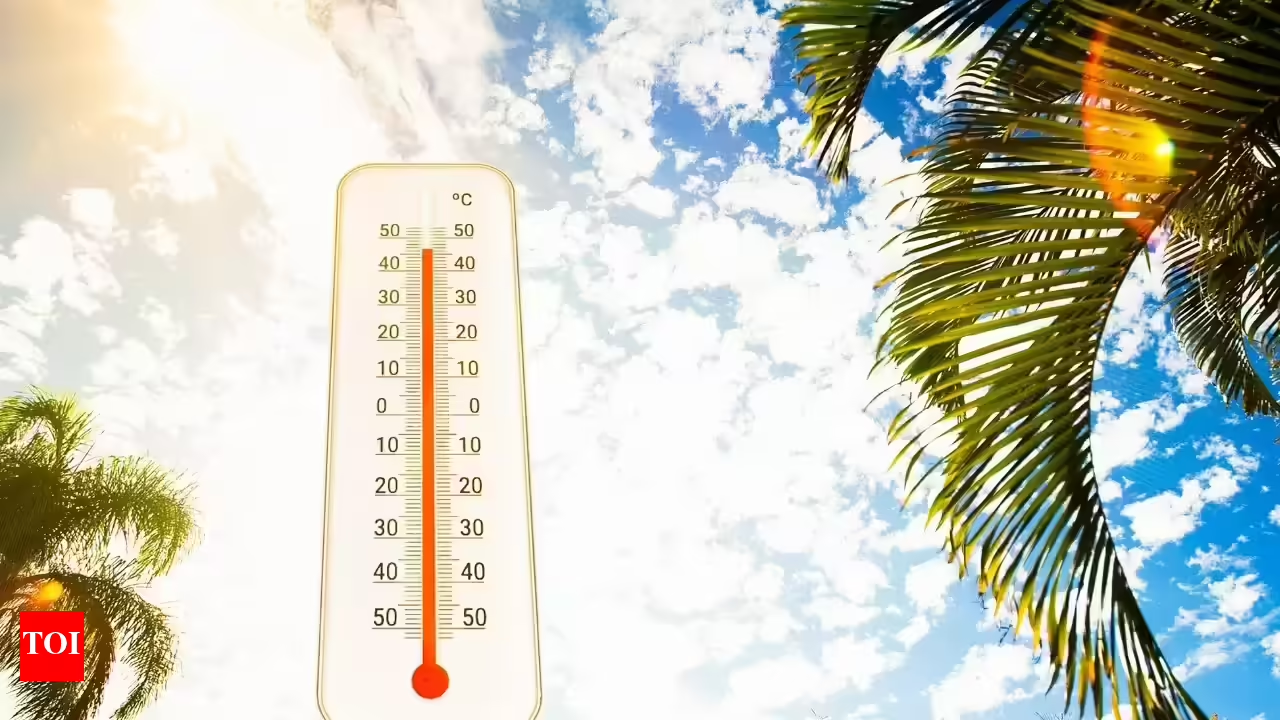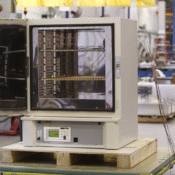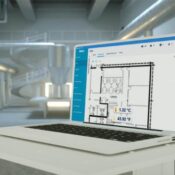Saudi Arabia’s extreme heat presents significant challenges for maintaining consistent temperature conditions in warehouses, cold rooms, and transportation vehicles. Proper temperature mapping studies are crucial to ensure the safety and quality of temperature-sensitive products. Eximia360, a leading provider of temperature mapping solutions in Saudi Arabia, Riyadh, Jeddah, and Dammam, has extensive experience helping businesses tackle these challenges. (www.eximia360.com)
1. Conduct a Comprehensive Temperature Mapping Study
The first step in overcoming heat challenges is conducting a detailed temperature mapping study. This involves placing calibrated sensors at strategic locations to identify hot and cold spots. By understanding how temperature varies across different areas of a warehouse or vehicle, companies can implement targeted solutions to maintain optimal conditions.

2. Use High-Quality Calibrated Sensors
Extreme heat can affect sensor accuracy, so using high-quality, calibrated devices is essential for effective temperature mapping studies. Eximia360 provides reliable sensor solutions to capture precise temperature data, ensuring accurate monitoring even under harsh conditions.
3. Implement Real-Time Temperature Monitoring
Integrating IoT-enabled sensors allows for real-time monitoring of temperature conditions. Continuous tracking during storage and transit ensures any deviations are quickly detected and corrected. Eximia360’s approach to temperature mapping studies includes smart monitoring systems to prevent spoilage and maintain product quality.
4. Strategically Place Temperature-Sensitive Products
Data from temperature mapping studies helps businesses determine optimal placement for sensitive goods. Products can be positioned in areas less affected by extreme heat, reducing the risk of spoilage. This is especially critical in Saudi Arabia’s climate where ambient temperatures can fluctuate widely.
5. Optimize HVAC and Cooling Systems
Using insights from temperature mapping studies, companies can fine-tune their HVAC or refrigeration systems. Adjusting airflow and cooling zones based on temperature patterns helps maintain uniform conditions throughout the facility or transport vehicle, even in the hottest months.
6. Conduct Regular Maintenance Checks
Equipment failure can compromise temperature control, so regular maintenance is essential. Eximia360 emphasizes incorporating maintenance schedules into temperature mapping studies. Routine checks of cooling and insulation systems ensure consistent performance under extreme heat conditions.
7. Leverage Advanced Data Analytics
Analyzing data collected from temperature mapping studies allows businesses to identify trends and potential risks. Advanced analytics can predict areas prone to overheating, enabling proactive adjustments to protect products. Eximia360 uses these insights to enhance storage and transport efficiency across Riyadh, Jeddah, and Dammam.
8. Train Staff on Temperature Management Best Practices
Human error can undermine even the best monitoring systems. Staff should be trained on handling temperature-sensitive products, interpreting data from temperature mapping studies, and taking corrective actions when necessary. Eximia360 provides guidance and training to ensure teams are fully prepared to manage extreme heat challenges.
Conclusion
Overcoming Saudi Arabia’s extreme heat requires a strategic approach centered on professional temperature mapping studies. By partnering with Eximia360, businesses in Riyadh, Jeddah, and Dammam can ensure the safety and quality of their temperature-sensitive products. With precise monitoring, optimized systems, and expert guidance, companies can navigate harsh climate conditions effectively. For more information, visit www.eximia360.com.












